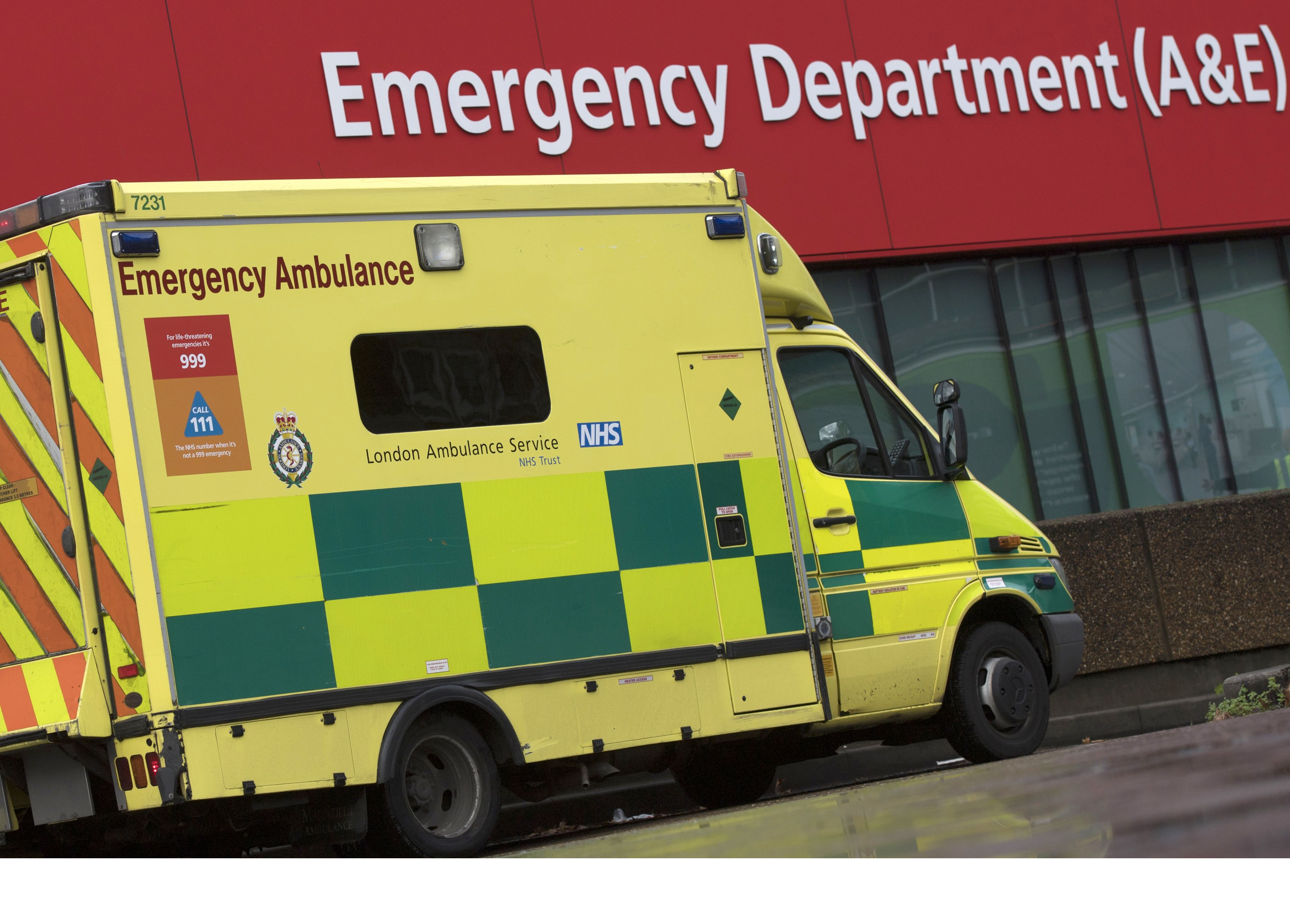Kingston University are teaming up with technology company, Pangea, to develop video streaming in ambulances, giving A&E doctors the ability to treat patients before their arrival.
The project, which will be led by two KU professors, aims to improve emergency services, through the use of 5G, by allowing doctors to view live footage of patients in ambulances and by developing data transfer techniques.
Professor of wireless communications, Christos Politis, who is leading the project, said: “The plan is to work with Pangea to see how 5G can be applied to emergency situations. It is clear 5G is going to provide more availability and speed up connectivity. It will be available 99.9 per cent of the time and you will be able to transfer video much more easily.
“At the moment emergency services just transfer data through voice and so, to be able to use video is important. The idea is to give doctors and surgeons a virtual environment to see what they are dealing with in real time. It could help with triaging care or even allow medics to advise ambulance crews on treatment, improving chances of survival in life or death cases.”
Politis hopes to have the first 5G system in operation by 2021 but said it might take longer due to other factors.
“At the moment ambulances are not connected to 5G so what we are trying to do with Pangea is to see if we are able to connect emergency services. The technology is more or less available but people are not always happy to use it.
“The medical world is also difficult. There are a lot of ethical issues. For instance, a person who has a stroke may not want to be filmed and so it is not just the technology side that we have to think about but the ethical side as well,” he said.
The project, which is being funded by research organisation Innovate UK, is expected to last for the next three years.
As part of the project, Pangea are set to hire a Kingston graduate to assist.
Associate professor at KU, Dr Nada Philip, who is also leading the project, said: “This is an exciting moment and a good opportunity to put our knowledge and research done in the areas of video streaming and 5G wireless communications into practice.
“When you stream multimedia content, it will be affected by different network conditions. We will be looking at how to ensure the moving images arrive in high-definition, allowing for accurate medical diagnosis and enabling police forces to identify people from their body-camera footage.”
Philip also said the project has the potential to help the emergency services provide better quality of care, reduce costs and speed up treatment through embracing emerging new technologies.
.Ollie Crudd, emergency ambulance crew member, said: I think this is an excellent idea. A problem is that you don’t want to be distracted by trying to film a time critical patient instead of filming them. There’s also the issue of consent. You may not be allowed to film an unconscious patient or a child who may have been stripped for examination.
“Having a doctor or a nurse triage a patient before hospital is a good idea because it will speed things up. However, you really need to be in front of the patient to reliably assess them as there are going to be a lot of things missed over a video call, which could be very dangerous.”

